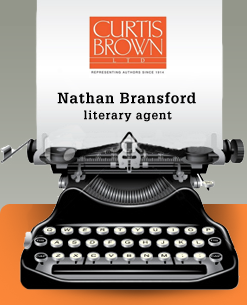Reality Check: Book Publishing in the Digital Age
The Internet tsunami that has swept through the newspaper and magazine industries, transforming the landscape and leaving debris everywhere, has at last arrived at book publishers. According to today’s New York Times, publishers now acknowledge that e-books cost less to produce than the traditional paper models and therefore ought to sell for less. Amazon has been selling them on the Kindle for $9.99, much to the publishers’ dismay. Now several large publishers have agreed with Apple to sell books on the iPad for $12.99 to $14.99. Hoping this line will hold, publishers scold that (as the clearly sympathetic Times puts it) “consumers exaggerate the savings and have developed unrealistic expectations about how low the prices of e-books can go.”

richardmasoner/Flickr CC
Book publishing involves many expenses that book buyers may not appreciate, the publishers say. That is indeed true. The average hardcover book, says the Times, sells for $26. Here is just a partial list of where that $26 goes:
- $2.00 for lunches
- $0.05 to $7.00 for the book party
- $1.05 for the author tour
- $0.65 for seven editors to attend the Frankfurt Book Fair
- $0.60 for lunches at the Frankfurt Book Fair
- $1.50 for drinks at the Frankfurt Book Fair
- $2.00 to cover wild overpayments to 15-minute celebrities or Washington bigshots for books that will never earn back their huge advances but the cost has to be amortized somehow
- $0.50 for lawyers
- $0.40 for editors
- $6.00 for free review copies
- $17.50 for employee health care
- $1.60 Whoops! Forgot these lunch receipts from last month. Sorry.
The book industry is one of the most custom-laden and set in its ways. It still can take over a year from the time an author submits a manuscript until the time the book comes out. Even if a manuscript is submitted electronically, it may very well be printed out, edited in pencil with sticky notes, and then keyed back in with new typographical errors. It remains to be seen who has “unrealistic expectations” about life and books in the digital age.
via theatlantic.com
Related articles
- Publishers still missing the point on e-book prices (gigaom.com)







